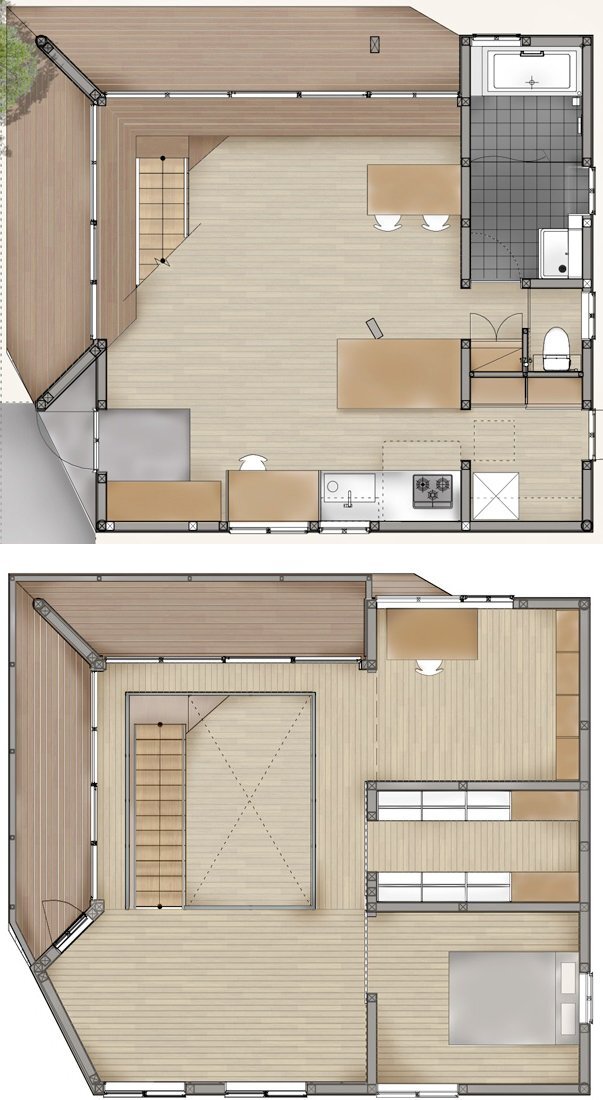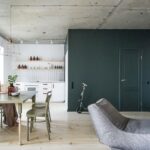Sep 22, 2015 • Japanese House
A Contemporary Timber Frame House for An Illustrator

Another Japanese house today, except this time it’s been designed for an illustrator as opposed to a family. Set in a residential neighborhood in Kitakamakura, Kanagawa, the house has been designed in a collaborative effort by studios Ouvi and Snark.

Simply named the “House in Kitakamakura”, it’s set on a raised site that overlooks the city below. It contains two levels with the first floor being left largely open to a vaulted ceiling above. The opening is framed by the chunky timber structure of the upper level.
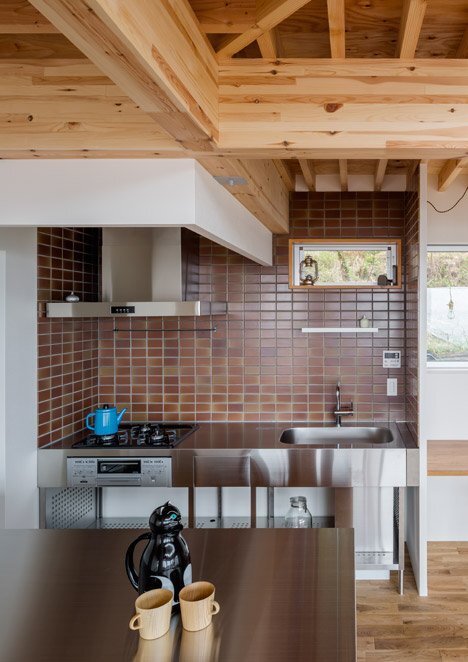
Unlike many Japanese homes which seek to strike a balance between natural daylighting and privacy, this house welcomes lots of window openings. The designers weren’t as concerned with privacy as they were about embracing the surroundings: “Many of the buildings that create the surrounding skyline seem to project spaces that shield people from the external environment. Instead we should foster an environment where we become a part of our surrounding area, and provide a means for residents to create their own ideal living space at home.”
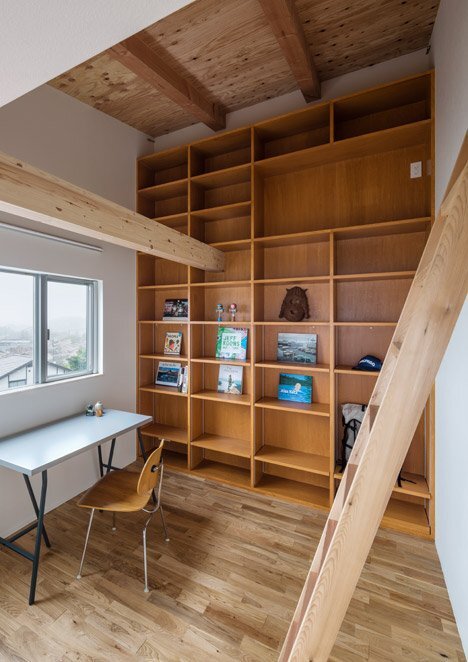
The first floor acts as a multifunctional room. There’s a kitchen and storage area set along one wall and a washroom/bathroom along another. The central section of the room is left – for the most part – empty, allowing the owner to determine the exact arrangement (be it a living room, workspace, study etc).
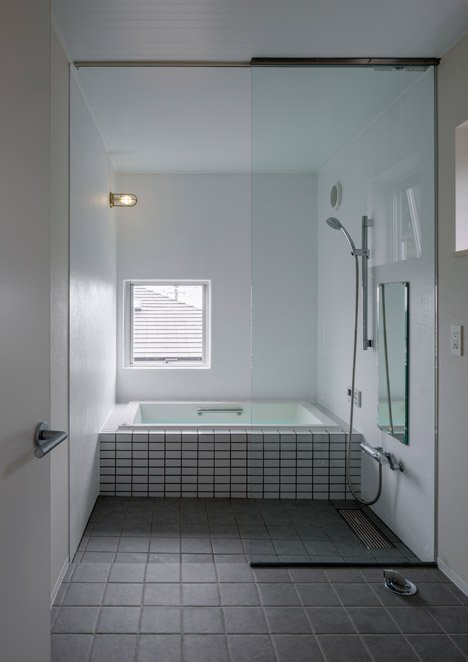
The upper level contains a single bedroom, a large walk-in closet, and a quiet studio space that looks out over the cityscape. The atrium is wrapped on two sides by a large exterior deck that’s accessible from a series of patio doors. Like the floor below, the ceiling features exposed timber beams and rafters.
The sheer amount of windows helps to create series of snapshot views of the exterior, from the city below and other adjacent towns, to Mount Fuji and Tanzawa in the distance. According to the architects the large windows were crucial to the idea of creating a home that would merge with its environment, helping to remove the boundary between interior and exterior.
For more Japanese houses check out yesterday’s post which also features an atrium that’s used to connect living spaces. Or, this house that contains a large roof overhang to provide shelter for its inhabitants come rain or sun. See all Japanese houses.
Via Dezeen
Photos: Ippei Shinzawa
Join Our Newsletter And
Get 20% Off Plans
Get the latest tiny house news, exclusive
offers and discounts straight to your inbox

